Flir E40bx, Flir E50bx, Flir E60bx Thermal Imaging Camera with MSX Overview
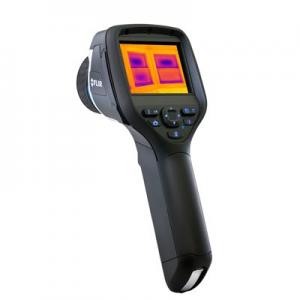 The Flir E40bx, E50bx, and E60bx Infrared Cameras have been disontinued.
The Flir E40bx, E50bx, and E60bx Infrared Cameras have been disontinued.
 The Flir E40bx, E50bx, and E60bx Infrared Cameras have been disontinued.
The Flir E40bx, E50bx, and E60bx Infrared Cameras have been disontinued.
 Update:
Update:
The Flir E40bx, E50bx, and E60bx Infrared Cameras have been disontinued.
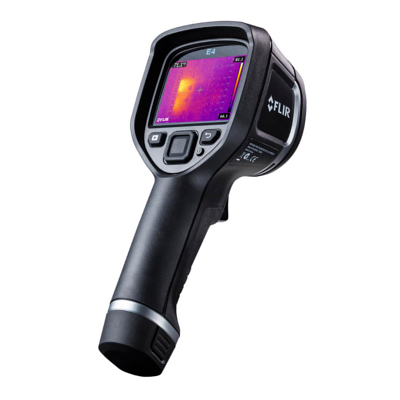 Hello all let's talk about the Flir E4. This is the first in a series taking a look at the new line of thermal imagers out today from FLIR and they are awesome. The biggest thing that everyone will be talking about when these cameras release is the addition of MSX, Multi-spectral Dynamic Imaging, to all of FLIR’s cameras, including the E4.
Hello all let's talk about the Flir E4. This is the first in a series taking a look at the new line of thermal imagers out today from FLIR and they are awesome. The biggest thing that everyone will be talking about when these cameras release is the addition of MSX, Multi-spectral Dynamic Imaging, to all of FLIR’s cameras, including the E4.
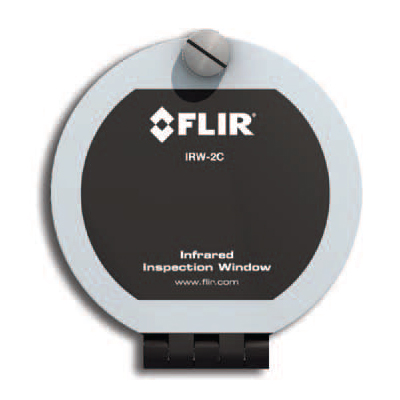 What is an IR window? Basically it is a crystal lens that allows broadband infrared waves to pass through it (as well as visible light). The lens does not however allow electrical current to pass through. This enables the thermographer to take IR and visible images of live and energized electrical equipment.
What is an IR window? Basically it is a crystal lens that allows broadband infrared waves to pass through it (as well as visible light). The lens does not however allow electrical current to pass through. This enables the thermographer to take IR and visible images of live and energized electrical equipment.

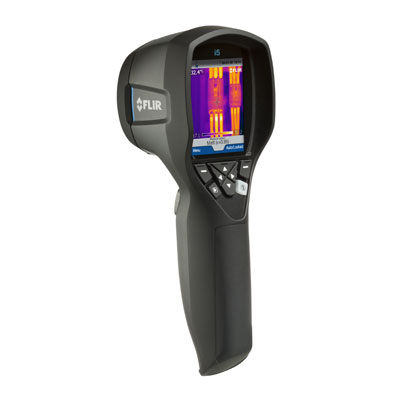 This is a post about the benefits of owning a thermal camera if you are a homeowner or contractor doing some light energy efficiency work. The following is what I observed when using a Flir i5 here at the office.
This is a post about the benefits of owning a thermal camera if you are a homeowner or contractor doing some light energy efficiency work. The following is what I observed when using a Flir i5 here at the office.
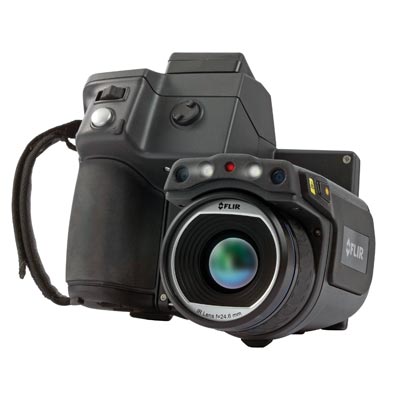 In a world filled with chaos and seemingly infinite thermal imaging choices, one man seeks to reveal the truth about the features and uses of Flir’ series of cameras. This is part VI and the completion of this heroic quest - FLIR T Series bx (T420bx, T440bx, T620bx, T640bx) for Building Diagnostics Applications!! (Too overdramatic?). Anyway, this is the last one for this blog series.
In a world filled with chaos and seemingly infinite thermal imaging choices, one man seeks to reveal the truth about the features and uses of Flir’ series of cameras. This is part VI and the completion of this heroic quest - FLIR T Series bx (T420bx, T440bx, T620bx, T640bx) for Building Diagnostics Applications!! (Too overdramatic?). Anyway, this is the last one for this blog series.
 Whether you’re a plant/building MRO professional, electrical or HVACR contractor, or a building inspector, FLIR’s i-Series infrared (IR) cameras allow you to see what you’ve been missing. Rugged, lightweight, and affordable, FLIR i3, i5, and i7 IR cameras feature a large 2.8-inch color LCD that lets you view detailed temperature variations on critical systems, components, and connection panels.
Whether you’re a plant/building MRO professional, electrical or HVACR contractor, or a building inspector, FLIR’s i-Series infrared (IR) cameras allow you to see what you’ve been missing. Rugged, lightweight, and affordable, FLIR i3, i5, and i7 IR cameras feature a large 2.8-inch color LCD that lets you view detailed temperature variations on critical systems, components, and connection panels.
 Previously on Brady’s blog… we discussed FLIR’s new “How to Choose” video series and looked at the i-series as it pertains to mechanical and electrical applications. This post is also on the i-series but takes a look at its features with an eye towards building and home inspection applications.
Previously on Brady’s blog… we discussed FLIR’s new “How to Choose” video series and looked at the i-series as it pertains to mechanical and electrical applications. This post is also on the i-series but takes a look at its features with an eye towards building and home inspection applications.
Today’s post is a buyer’s guide to the FLIR i-series cameras (the first in a series of six by me) and also a summary of the key points outlined in FLIR’s new “How to Choose” series of videos.